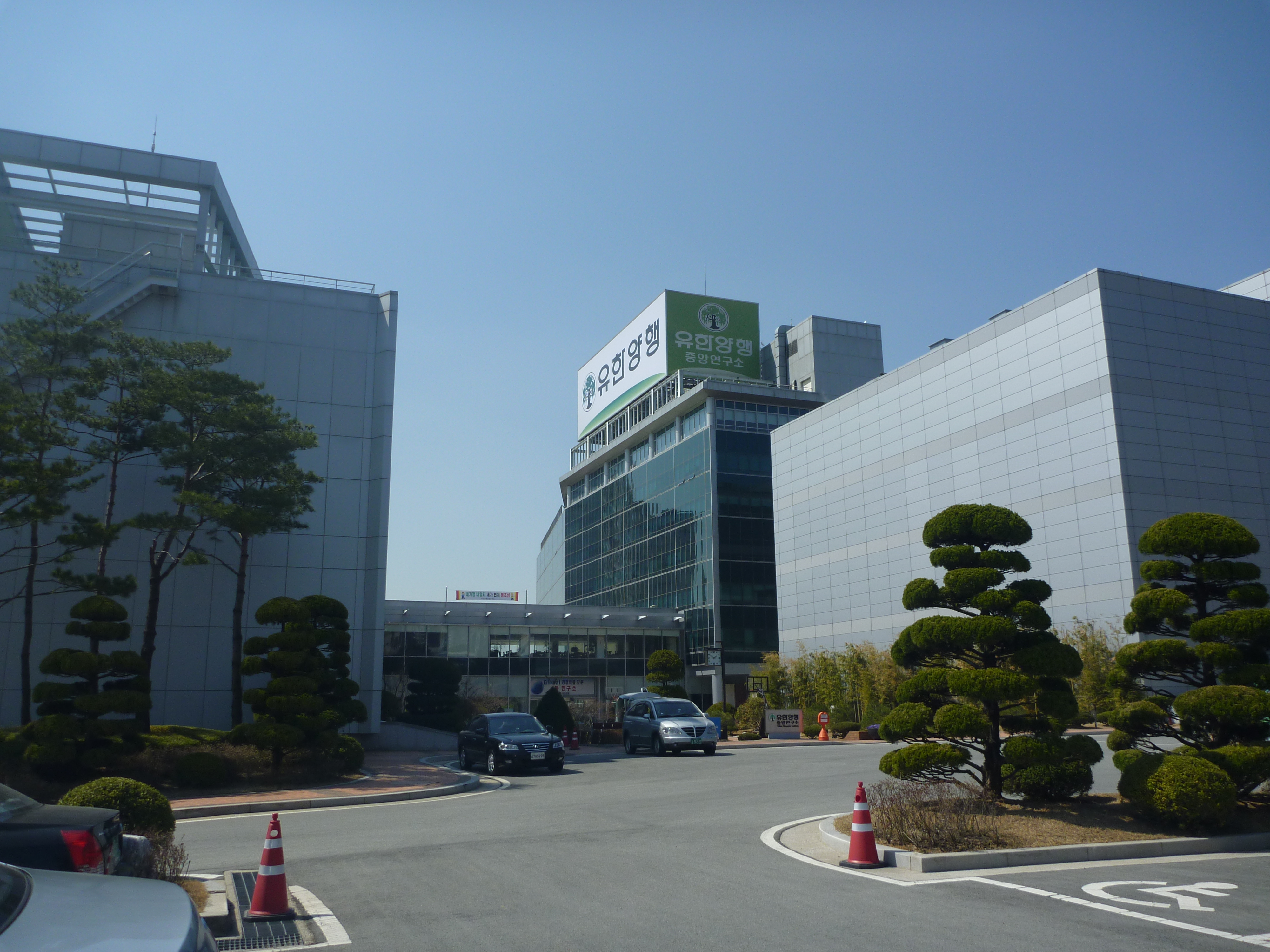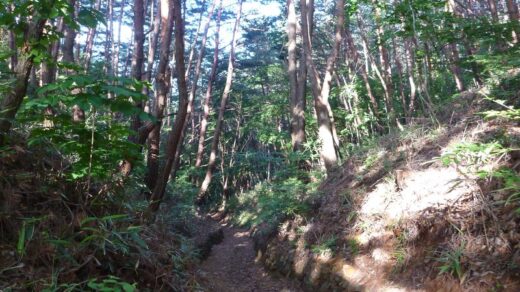 Rob Everett is Managing Director of Kimberly-Clark’s Innovation Center Asia located in Korea, and the company’s Global Director of Discovery Research.
Rob Everett is Managing Director of Kimberly-Clark’s Innovation Center Asia located in Korea, and the company’s Global Director of Discovery Research.
To listen to the interview, download the .mp3, subscribe in iTunes, read the transcript and/or discuss this interview and this topic with other members of Korea Business Central, visit the following discussion link:
https://stevenbammel.com/category/archives/kbcforum/topics/korea-business-central-10 [EXPIRED LINK REMOVED: https://stevenbammel.com/category/archives/kbcforum/topics/korea-business-central-10]
The full list of interviews in the Korea Business Interview Series is maintained here: https://stevenbammel.com/post/kbc_korea_business_interviews
Main Points of the Interview
Topic #1 – About Kimberly-Clark and the Company’s Presence in Korea
- Kimberly-Clark is a global company in the fast-moving consumer goods industry. 2010 sales are expected to reach US$20 billion across four business segments: personal care, consumer tissue, “Kimberly-Clark Professional”, and health care. The company has 53,000 employees and sells into 150 countries.
- Kimberly-Clark’s Korean joint venture is Yuhan-Kimberly, a successful and leading company in Korea.
- Kimberly-Clark’s markets are generally fairly mature, with low barriers to entry. So innovation is important in order to remain differentiated and build brand awareness.
- The company’s research was traditionally North America-based but with global expansion, it became important to build innovation capabilities overseas, particularly in Asia.
- Korea was chosen because of: 1) the availability of technical and scientific talent, 2) the existing brand recognition in the markets of Yuhan-Kimberly, 3) the fast-moving marketplace of Korea and 4) proximity to technology resources in the greater Asia-Pacific region. This has allowed Kimberly-Clark to work with Yuhan-Kimberly to develop and test products for the Asia market in general.
- Kimberly-Clark’s Innovation Center Asia is located about 25 miles south of Seoul and opened in March 2007. There are 40 people working at the center but Rob Everett is the only expatriate on staff.
Topic #2 – Insights Into Team-Based Project Work at the Innovation Center Asia
- Innovation Center Asia works with the company’s other two innovation centers in the Chicago and Atlanta areas through two global organizations: 1) corporate research and engineering and 2) the innovation design group. Teams in Korea work very closely with teams in the US on cross-functional teams; the intersection of these ideas often results in the best ideas.
- Korean team members are particularly strong in technical abilities, which is the result of the Korean university system. Meanwhile, Korean staff receive training on how to relate to a low hierarchy corporate structure and the need for ideas to come from everyone in the organization regardless of rank. This is reinforced by a performance-based compensation and promotion system.
- Since the traditional Korean company is hierarchically based and the educational system doesn’t emphasize project-based work, it is particularly necessary for Kimberly-Clark to re-align cultural expectations in Korea to match the company’s global culture. This situation is further supported by hiring staff with graduate-level training in the US or Europe.
 Topic #3 – Activities of the Innovation Center Asia
Topic #3 – Activities of the Innovation Center Asia
- Work at the Innovation Center Asia is carried out in close partnership with Yuhan-Kimberly, the company’s joint venture in Korea. This helps to establish an understanding of the market and find technology opportunities. These are then transitioned to business teams for commercialization. This same approach is taken with partners around the globe.
- Most teams at Innovation Center Asia are working on global, long-term projects which are not region specific. About 20% of the projects are region-specific.
- Work of Innovation Center Asia has lead to more than ten patent applications, and about ten different products on the market globally and in Asia.
- The photo above is of the campus on which Innovation Center Asia is located south of Seoul.
Topic #4 – Innovation in Korea
- Innovation becomes important in a market once the market starts to mature and the market growth rate slows. In Korea, growth traditionally came by importing ideas from other markets, such as Japan. But as this approach is becoming less effective, there is an erosion of margins and prices, and this is something we are seeing in Korea. The key to successful innovation is understanding what motivates customers in each market segment and responding to that.
- A focus on design is a strong part of innovation in Korea and Innovation Center Asia has been able to leverage this Korean strength on several projects.
- Korean business has spent decades playing catch-up; now that companies like Samsung have caught, and even surpassed, the competition, the focus has to change toward bringing new ideas to the marketplace as a leader. This is the position at which Korea finds itself in a variety of markets.
- Global innovation leaders, such as Kimberly-Clark, 3M and GE, have succeeded by moving beyond where they started. This “DNA” of recognizing the markets around, identifying the dynamics of the company and then changing successfully for the future is common to global leaders who succeed for generation after generation. A great Korean example here is Samsung, which started out importing sugar and trading in textiles, but is now identified with high technology.
- Multinational companies will succeed in Korea based on the quality of the labor force and government support of foreign direct investment. Though a lot of this is focused on manufacturing, there is an opportunity to focus more on R&D organizations in Korea. Leading Korean universities should develop curriculum to target students hoping to work in multinational organizations in orderto promote skills in open-ended projects.
- Korea has the capabilities to be a global leader in innovation even though it may not be fully recognized for this yet.
- Innovation pattern in Korea are different than those in other parts of Asia, such as Japan, China or Taiwan, mainly because of differences in markets. Japan is a mature marketplace, so innovation is extra important. But in China, sales can be achieved more easily just through penetration-based approaches that don’t focus on innovation. This is changing fast though, particularly in cities such as Shanghai and Beijing. Korea falls somewhere in the middle between Japan and China.
- The essence of innovation in the marketplace is not much different in Asia than in the West. However, approaches may be different. For example, there is more out-of-the-box thinking in the West and ideas are tried quickly and failure is common. In Korea, there is more of a focus on understanding the marketplace before executing.
- Kimberly-Clark’s experience in the diaper market is a good example of how Korea can be a test-bed for innovation before applying good ideas to other markets. Kimberly-Clark’s current China business strategy for diapers was first developed in Korea. Based on that success, it is being rolled out in China, now. However, the test-bed approach assumes selling to the same level of the pyramid. You can’t apply Korea-originated strategies to low-income consumers in China.
- Korea is an innovation leader in industries such as electronics, ship-building and automobiles. But rather than innovation being primarily an “industry thing”, it’s more of a “company thing”. Some companies are innovative, others are not, and this doesn’t necessarily depend on industry.
- Korean knowledge workers are particularly strong in technical training and work ethic. At the Innovation Center Asia, this has allowed local staff to get up to speed quickly on working in cross-functional teams and understanding performance-based promotion and compensation
- There is a big opportunity in Korea for global R&D centers to be located here and the Korean government should focus on encouraging more companies to come and set up R&D centers in Korea.


